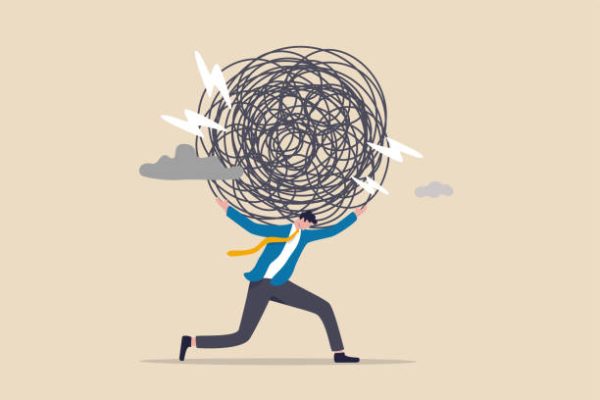Saturday Night Live, a Political Juggernaut
Now in the initial episodes of its forty-first season, Saturday Night Live, or SNL, has officially entertained audiences for over forty years. The numbers may seem insipid, but when considering the Vietnam War ended only a mere six months before Lorne Michaels created the show, SNL’s ability to remain relevant across decades becomes even more impressive.
Saturday Night Live, an NBC comedy sketch show produced in the United States, has churned out famous comedians such as Sarah Silverman, Chevy Chase, and Adam Sandler. It propelled Jimmy Fallon to the center of tongue-in-cheek news-reporting before he took over Late Night, saw a brief glimpse of Ben Stiller more than ten years before Night at the Museum, and brought Andy Samberg to public attention before Officer Jake Peralta started chasing after criminals in his beloved show Brooklyn Nine-Nine. The extensive list of past cast members who have gone on to other roles, positions, and genres highlights the show’s ability to make its audience laugh. Having launched feature films such as “The Blues Brothers” and “Wayne’s World,” and inspired spin-offs in other countries such as Brazil, the show has clearly made a visible impact on modern culture.
Most fascinatingly, SNL intertwines humor with political and social critique. The show affirms that it carries no partisan affiliations, Republican or Democrat (the two major political parties in the US), but its sketches and cast members often lean towards the left, at least, in terms of social rights. Occasionally, jokes will espouse liberal ideals, such as marriage equality, the necessity to fund planned parenthood, and the absurdity of Fox News being taken as a legitimate news authority. Instead of acting as a political pundit, SNL has become a forum where common sense triumphs.
Over the years, cast members have impersonated politicians whose names will fill or already have filled history textbooks. In 1976, Chevy Chase acted as Gerald Ford. Dana Carvey’s George H.W. Bush imitation haunted the former president’s short-lived career. George H. W. Bush’s son, George W. Bush, was caricatured by Will Ferrell and quickly became known for his ineloquence, foreign policy, and never-ending face of bewilderment. Dressed as Sarah Palin, Tina Fey proclaimed, “I can see Russia from my house,” referring to Sarah Palin’s notorious stint as governor of Alaska and her frequent obtuse comments in the media. Her impersonation became synonymous with Palin’s 2008 vice-presidential candidacy where Palin ran with John McCain. Some have even argued that Tina Fey’s impression spelled the end of Palin’s campaign.
Most recently, Saturday Night Live began following the 2016 United States Presidential Race. Republicans trailing Trump and Carson in the polls have been informed that they will likely not be the party’s presidential candidate. As SNL highlights, Trump’s position on immigration and women is at worst an endorsement of discrimination and xenophobia, and at best, a jumble of flip-flopping. Within a clever skit, Hillary Clinton conceded to a bartender, who bizarrely looked identical to the former Secretary of State, that she was late on the gay marriage bandwagon and the Keystone Pipeline. Real-life politicians’ appearances are, in fact, not uncommon. However, cast members rarely allow these to affect their performances. After all, the jabs at the wrongdoings and mindlessness of some presidential hopefuls elucidate the political scene for those who cannot separate the chaff of bombastic rhetoric from the candidates’ veritable plans for the future.
Besides poking fun at candidates across the political spectrum, SNL has navigated the minefield of ideological critique and respect for others’ opinions. Many of its sketches deal with non-divisive issues and rely on situational irony or one-liners. But each time an impersonation of a real-life political candidate does find its way on air, the viewer not only laughs along with the jokes, but also manages to learn something about American society.
In its decades-long course of entertaining audiences around the world, SNL has managed to uncover and refine its near-perfect combination of criticism and laughter. Despite the wrinkles and rating slumps attributed to aging, SNL finds a new face (or faces) each season that manages to rejuvenate fans’ adoration for the show.

A senior in his third and final year as part of the Talon, Michael serves as co-Editor-in-Chief alongside Faria Nasruddin. Prior to being Editor-in-Chief,...










